Using smart bulbs to cultivate plants appears to be a viable option, but is it effective?
There are certain drawbacks to using smart bulbs. Light bulbs aren’t as effective as most people believe, at least compared to sunlight.
Some bulbs, however, are more efficient/effective than others. For example, light bulbs with heat temperatures might be helpful for plants that need consistent warmth.
Is using smart bulbs for growing plants effective, though? Let’s find out.
Are Smart Bulbs Effective?
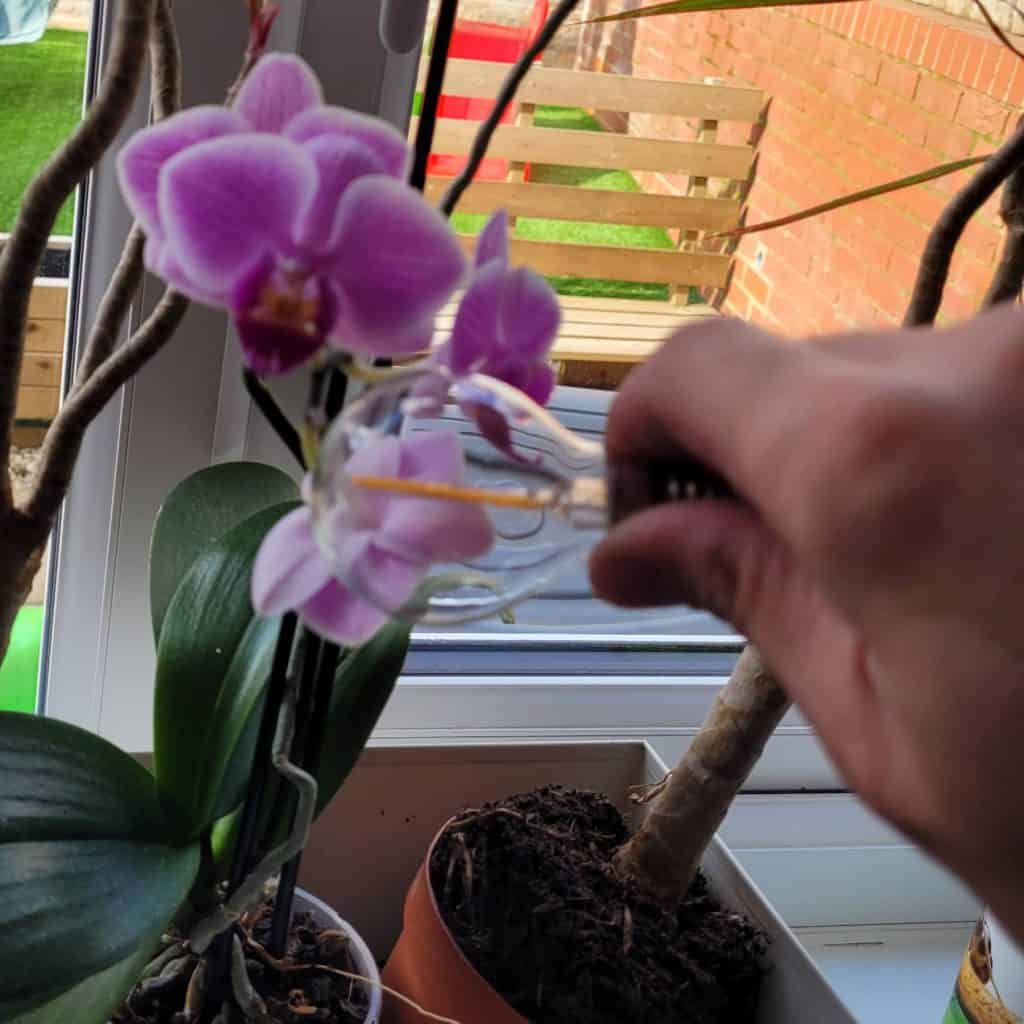
Many smart bulbs aren’t suitable for plant growth. However, plants require different wavelengths of light. So, the effectiveness of a smart bulb boils down to the wavelengths your plant needs.
Some bulbs emit a full-spectrum light, which provides all of the light wavelengths that the plant needs. Some bulbs, on the other hand, only emit specific colors, such as only red or blue. As a result, depending on your plant’s requirements, it may not be as effective.
That being said, you must research your plant’s requirements to figure out whether or not your smart bulb can help with its growth.
It’s also important to mention that smart bulbs aren’t a substitute for sunlight. Yes, they can be beneficial, but they aren’t a permanent replacement for sunlight.
Plant & Light Wavelength Requirements
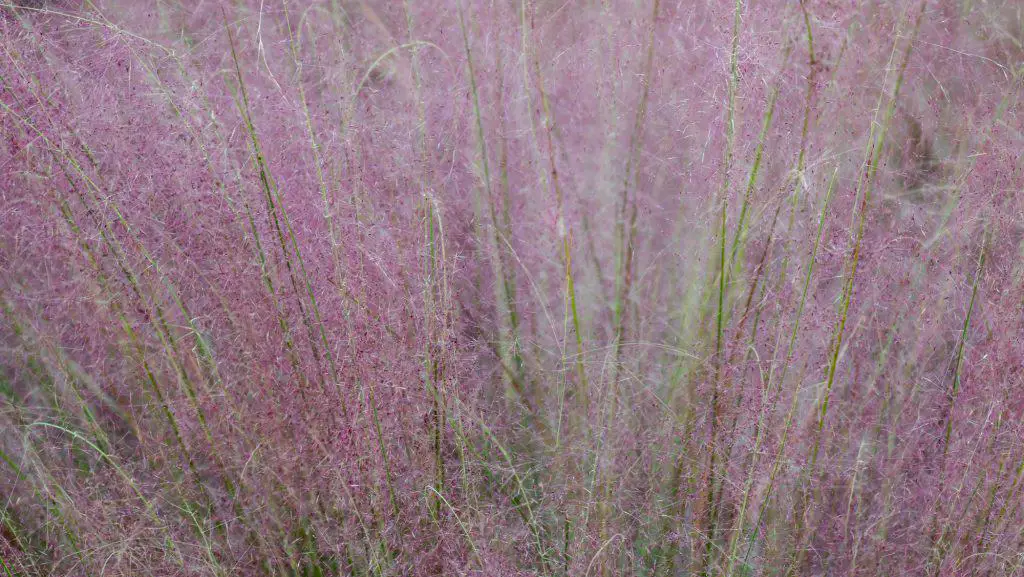
Photosynthesis is a vital process that plants need in order to grow, blossom, and create seeds. This process makes the plant turn sunlight and oxygen into energy.
Plants require different types of wavelength lights to thrive and carry out photosynthesis.
1. Blue Wavelength Light
Blue wavelength light is great for foliage growth. In fact, the formation of chlorophyll ties to the influence of blue light. Plants that get a lot of blue light will have good and healthier stems and leaves.
2. Red Wavelength Light
Red light is beneficial to your plants’ blooming and fruiting. Red light also extends the flowering time of your plants. It can considerably improve plant photosynthesis and boost growth.
Please bear in mind that plants that grow strictly under red light will look strained and extended. Plants grow taller as their leaves become longer and slimmer.
3. Green Wavelength Light
Greenlight is the least effective hue for photosynthesis, yet it’s still helpful and aids in controlling the plant’s structure.
Plants don’t require green light for photosynthesis. Instead, they reflect the light. Hence, the light gives a robust green appearance to the plant.
Types of Artificial Lights
Different plants have different requirements. Your choice of artificial light will depend on the type of plant you have, along with its requirements.
That said, here are the different types of artificial lights available in the market:
1. Fluorescent lights
For indoor plants, fluorescent lights are the most cost-effective and convenient option. They’re available in tubes or small bulbs that connect to standard lamp outlets.
Note that blue wavelengths are higher in generic fluorescent tubes and bulbs.
White light fluorescent bulbs are also available for purchase. White light encompasses the entire spectrum, from red to violet.
Even though white light covers the full spectrum, this doesn’t imply that white light is actually of the color white. It’s a mixture of all the hues; our eyes just interpret it as white.
White light is a good option if you aren’t sure how much light your plants require.
2. Incandescent lights
Because incandescent lights emit a lot of heat, they should be kept away from plant foliage. Only around 10% of the power in these lamps converts to light, while the other 90% transform to heat.
These bulbs emit more red wavelengths than fluorescent bulbs. You can use them to support fluorescent bulbs and level out the spectrum. This method is useful if you’re attempting to get your plants to flower.
If you wish to combine the two, use a one-third incandescent and two-thirds fluorescent wattage ratio.
3. LED light
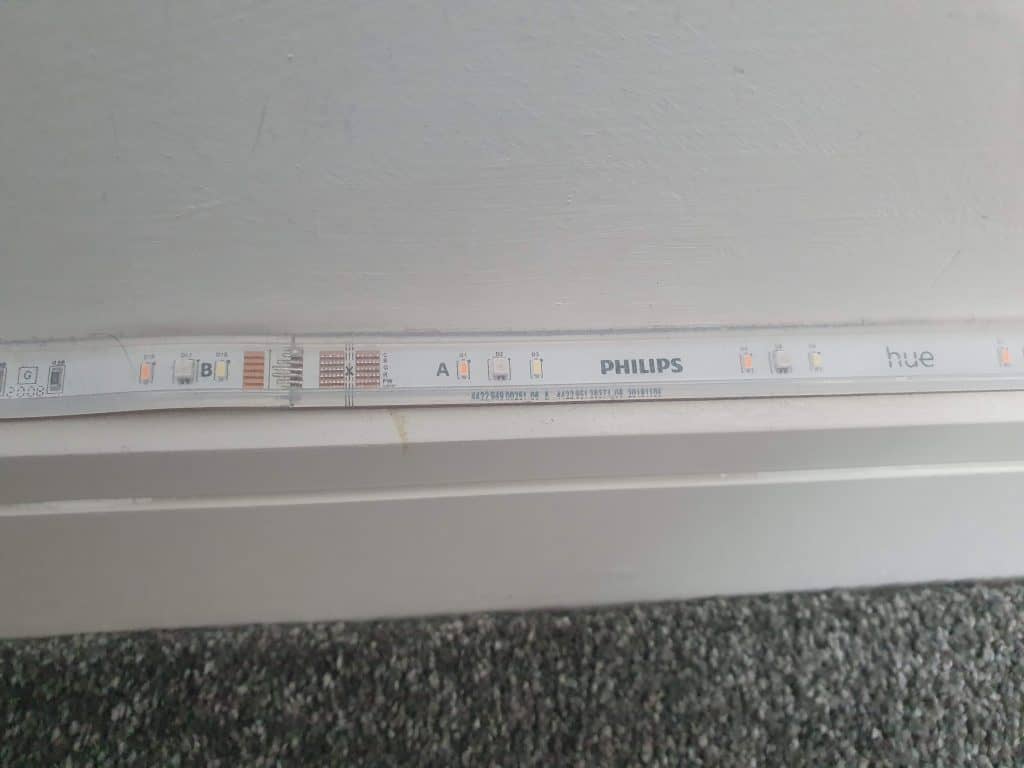
LED lights are an energy-saving, low-heat artificial light source. LED lighting is quite adaptable. Because of its adaptability, each bulb is unique. So, double-check that your lights emit blue and red lights that the plants require. If, for example, they only emit white light, they won’t be helpful to your plants.
4. Halogen light
Halogen light can also offer a wider spectrum of light. The light produces a lot of warmth and is less power-saving than fluorescent lights.
These lights give the entire wavelength range required for flowering plants. They aren’t, however, the ideal option for plants.
Halogen light produces a lot of light in the red end of the spectrum, but not so much at the blue end. The brightness of the light is lower than usual.
When Do Smart Bulbs Come in Handy?
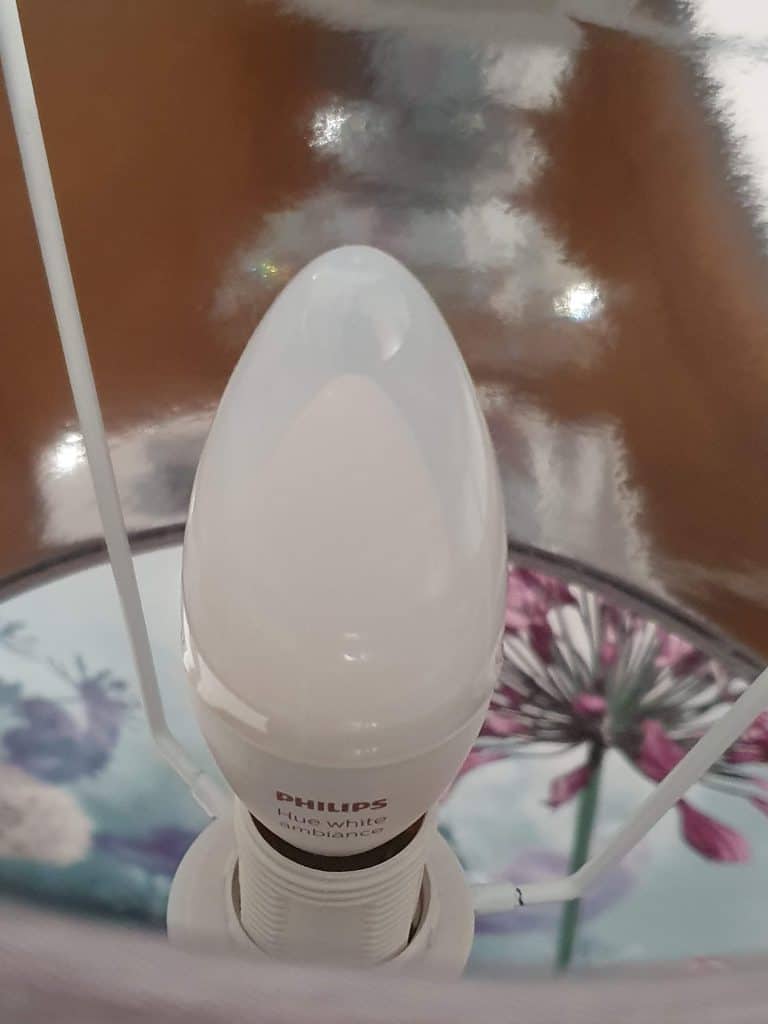
Every day, the sun rises and showers us with its rays. So, why do we need artificial lights to grow plants?
Here are a few scenarios in which smart bulbs—or artificial light, in general—can come in handy:
1. Not Enough Sunlight
Some buildings don’t receive enough sunlight. Smart bulbs come in handy in this situation. With artificial light, you may still keep house plants and allow them to mature healthily.
But keep in mind that those bulbs aren’t a replacement for the sun. They may, however, help low-light-loving plants to survive.
2. Cold Winters
During the winter, most plants struggle. These plants aren’t used to this kind of weather. Not only is there less light, but the moisture and warmth are lower.
Furthermore, with the soil hardened from ice, the water becomes limited. The frozen soil and limited water make it hard for plants to absorb sufficient water to survive the winter.
A few smart bulbs might be able to assist them out a little. Some bulbs have a high heat temperature, which will help in keeping the plants warm during the winter.
3. Grow Various Types of Plants
Every plant has its own set of requirements. Some plants need little light, while others demand strong light intensity.
That being said, artificial light may be helpful if you wish to cultivate many varieties of plants at the same time.
Each plant would have its own set of smart bulbs to provide it with the light it requires. You can grow multiple plants at the same time with this method.
Pros and Cons of Smart Bulbs
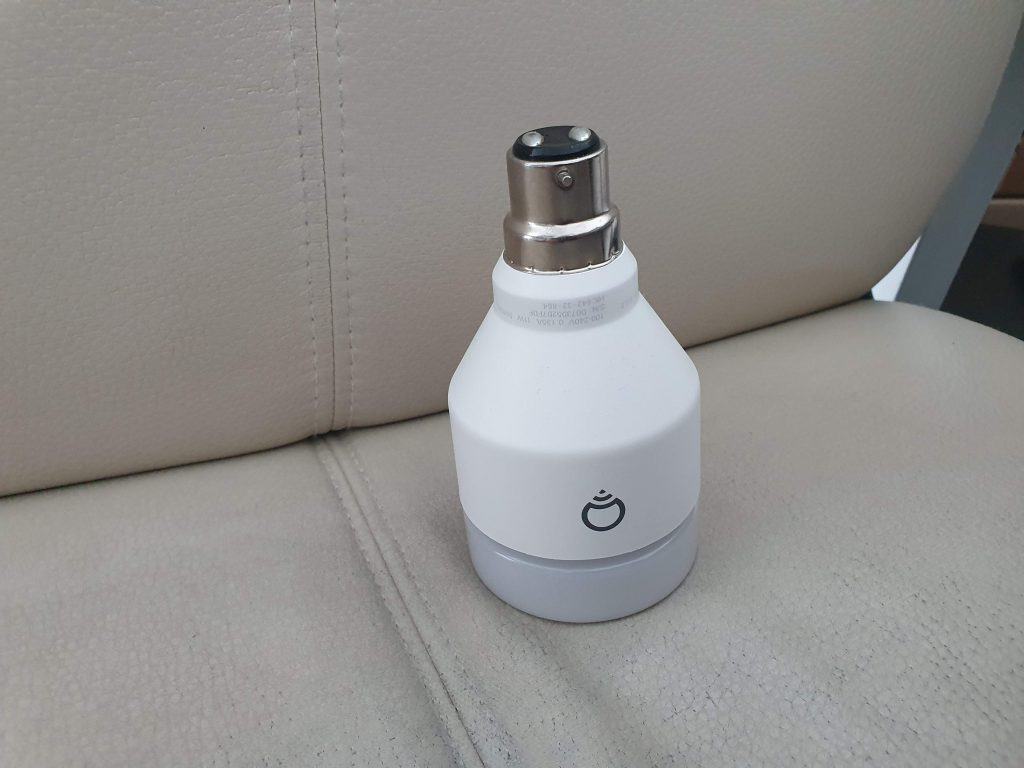
Smart bulbs seem to be a practical idea to most. However, as with anything, there are advantages and disadvantages to using smart bulbs.
Pros
There are two main pros for smart bulbs:
1. Efficient Lighting
The lighting that most plants require is provided by smart bulbs. These lighting systems are unlike normal light bulbs, as smart bulbs create the full spectrum range of light hues.
This is particularly imperative because high levels of certain light can be useful. They can promote strong plant life and bloom.
2. Regulated Environment
A more regulated environment is provided by grow lights. You may change the level of intensity of the light delivered to plants using the light system.
As a result, the necessities of each species of plant are better met.
Cons
There are two main cons for smart bulbs:
1. Expensive
The cost of smart bulbs isn’t cheap. In smart bulbs, LEDs are used. They’re energy-efficient, consuming only a fraction of the energy used by other bulbs. This is why they’re more costly.
When comparing smart bulbs to regular LED bulbs, you’ll notice a notable pricing difference.
2. Lack of Efficient Power
Because most smart bulbs are based on LEDs, they use fewer amps than other types of bulbs of the same brightness, and so they don’t provide much heat.
Smart bulbs use a lot less power than incandescent bulbs with the same light source. They also use a little less than fluorescent lights.
Setting Up the Growing Area
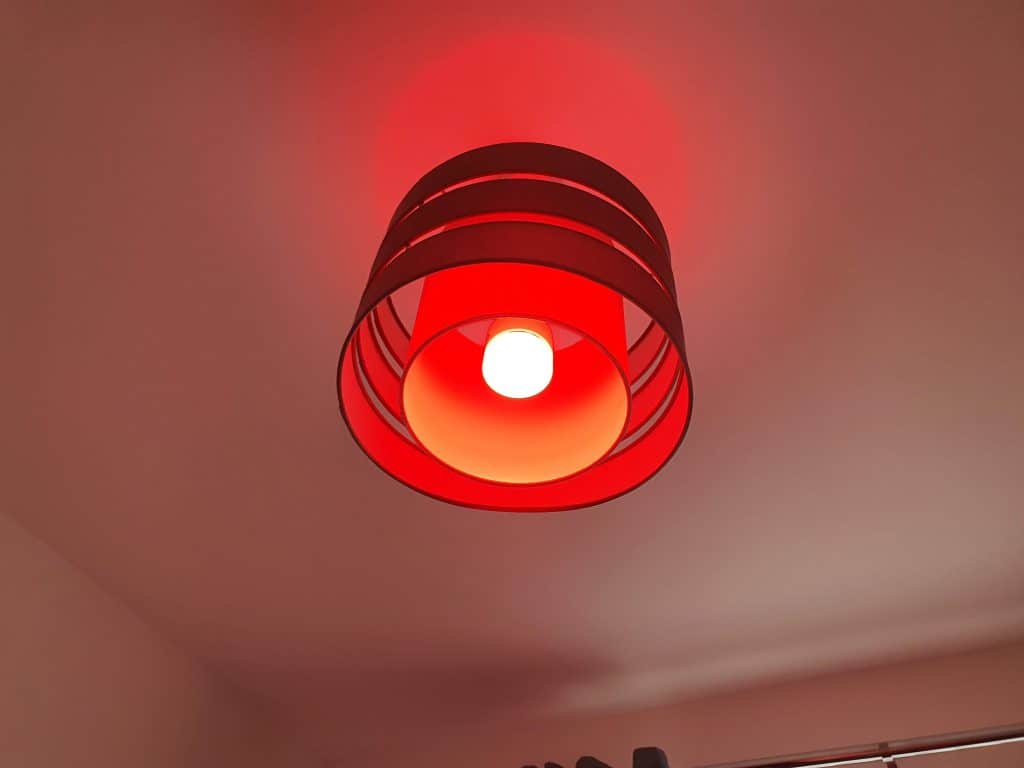
If you’ve decided to use smart bulbs, you’ll need to know how to set up the growing environment for your plants.
Arrange the plants’ pots 4 to 8 inches apart, depending on the type of plants. The area enables expansion and maintenance.
To completely cover your growing area, you may want more than one bulb.
Place the lights over the plant pots. When you place the light above them, it seems like real sunlight shining down from above.
As your plants continue to mature, you need to maintain the right proximity. Adjust the location of the smart bulb accordingly as your plant grows.
Some bulbs have strong heat signatures, such as incandescent light. Place these bulbs at least 24 inches away from your plants.
You should put lower thermal signature bulbs, such as LEDs, closer to the plant. Position the LEDs lights around 6 inches over the plants.
Wrap-Up
Using smart bulbs for growing plants isn’t the most ideal method. However, some bulbs are more efficient than others.
The bulbs can emit blue, red, or green light. Some can even emit a full spectrum of light! Each plant necessitates a particular type of light. Hence, make sure you’re using the right bulb for your plant.
If there isn’t enough sunshine or you wish to grow a variety of plants, smart bulbs can help. The bulbs provide both efficient lighting and a controlled environment. It is, however, costly and often lacks efficient power.
So if you want to grow your family of plants, you should consider and see if smart bulbs are the best option for you or not.
